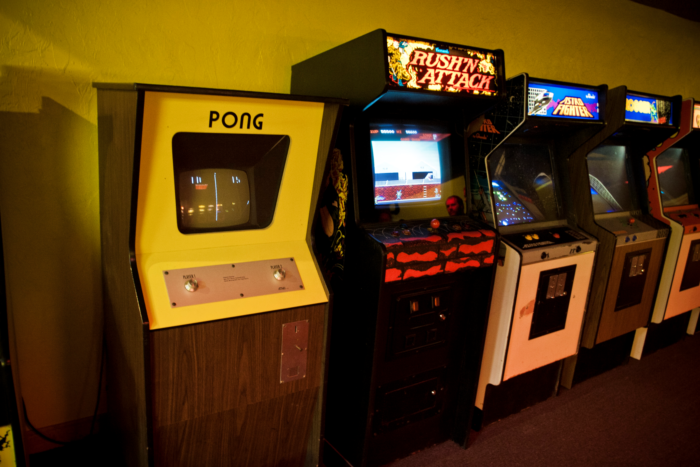
For those who grew up in the arcade playing the top game titles of the day or the console kings who came of age in the 1980s and 90s, there’s never been a debate. Video game enthusiasts have always believed their chosen medium of entertainment to be art, whether you played games like PAC-Man or more modern games such as Fortnite or League of Legends with help from Unrankedlolaccounts.com for example. We can all agree that video games are addictive and are forms of art. The captivating graphics, the challenging game play, and the learning curve to mastery make video games a fully-immersive experience, which one might say is the very definition of art.
But high art societies and the trendy gallery-going crowd can be a fickle bunch. Accustomed to masterworks by time-honored artists or the occasional contemporary visual provocateur, the likes of Pac-Man or Call of Duty are perhaps completely foreign and unfit for the veneration of public display.
Like it or not, the tide is turning as a number of prestigious art museums around the world have curated video game exhibitions in recent years. And while here has been much conversation about games as art, whether board games, card games, or video games, the number of institutions featuring the latter solidify video games as a broadly-accepted art form.
In 2012, the Smithsonian American Art Museum in Washington D.C. hosted a seven-month exhibition appropriately titled “The Art of Video Games.” Stretching the gamut of 40 years of gaming evolution, the exhibition featured a multimedia presentation of 80 classic and contemporary games using still shots, videos, interviews with developers and artists, and hardware consoles.
Chris Melissinos, noted collector and president of Past Pixels, served as curator. The exhibition was whittled down by public vote from 240 games Melissinos had proposed for inclusion. Speaking to the global reach and cross-cultural appeal of video games, there was widespread interest in selecting the exhibition’s featured games, as 3.4 million votes were cast from people in 175 countries. A companion book entitled The Art of Video Games: From PAC-Man to Mass Effect captured the exhibition in photos and print commentary.
Also in 2012, Paula Antonelli, a senior curator at the Museum of Modern Art in New York City (MoMA), began piecing together a video game collection as part of the museum’s Applied Design exhibition. Her peculiar-for-the-art-world acquisitions even birthed a TED Talk of justification under the moniker “Why I brought PAC-Man to MoMA.”
MoMA has adopted a slow approach to growing their game collection, perhaps to blunt the outcry of critics who doubt the worth of video games in a museum. The permanent exhibition began with a modest 14 games including Tetris, PAC-Man, and Sim City 2000. Six additional titles ranging from the classics Pong and Space Invaders to recent hit Minecraft were welcomed in mid-2013, along with the exhibition’s first console, a Magnavox Odyssey from 1972. MoMA plans to expand their video game offering to include up to 40 games.
As expected, the MoMA’s trailblazing exhibition was met with its fair share of controversy. Art critic Jonathan Jones summed up the opposition in a piece he wrote for The Guardian: “Sorry MoMA, video games are not art. Exhibiting Pac-Man and Tetris alongside Picasso and Van Gogh will mean game over for any real understanding of art.”
The Museum of London has taken a localised approach for its video game exhibition, opting for 18 games spanning 1982-2000 that depict the U.K.’s capital city. As part of the museum’s new digital collecting area, the featured games examine the London’s varying portrayals, from early text-based games to later graphical representations. Contrasting the city’s starring role in descriptive prose against the stunningly real visuals of Sim City 3000 offers a unique glance into the evolution of both London and video game technology.
The Museum of London’s foray into the video game domain also includes the development of best practices for the preservation of game source code, perhaps hinting to a future trend of programming as art. The argument surrounding video games as art is long-standing. For example, Minecraft, it could be argued that it be considered art, as it gives the players the ability to create buildings and works of art using the building materials from the game. These works could even be shared with others through minecraft hosting servers.
Any art form or genre contemporary to its time bears a long and arduous road to critical acceptance. Intense scrutiny and reservation are to be expected as video games muscle their way into the halls of our planet’s most hallowed art institutions. It’s definitely game on as the effort is underway.
If you’re more of a fan of modern online gaming, my friend recently changed his broadband provider to get a better speed for his online matches. He got his deal through Usave and he is so happy he made the change. He saved money and got a better service!









